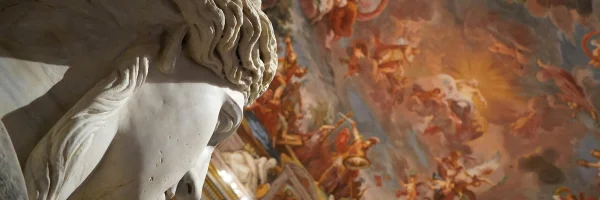
Renaissance culture represents a pivotal moment in European history. It spanned the 14th to 17th centuries and was characterized by a revival of interest in classical learning and wisdom. The period underwent a significant transition from the Middle Ages to modernity.
The Renaissance brought remarkable advancements in various fields, including art, science, and architecture.
Individuals looking to understand this era will learn how figures like Leonardo da Vinci and Michelangelo shaped art through their unique contributions. The Renaissance also saw the development of new scientific laws and political ideas, which profoundly influenced modern Western society.
These elements combined to create a period of extraordinary growth and discovery, setting the foundation for many aspects of contemporary culture.
For those intrigued by the transformative power of Renaissance culture, exploring this era reveals a world eager to embrace innovation and knowledge. It was during this time that new technologies, such as the printing press, played a crucial role in spreading ideas and knowledge across Europe.
The Renaissance’s influence endures today, as its legacy is reflected in the arts, sciences, and humanities.
Renaissance Culture: Historical Context
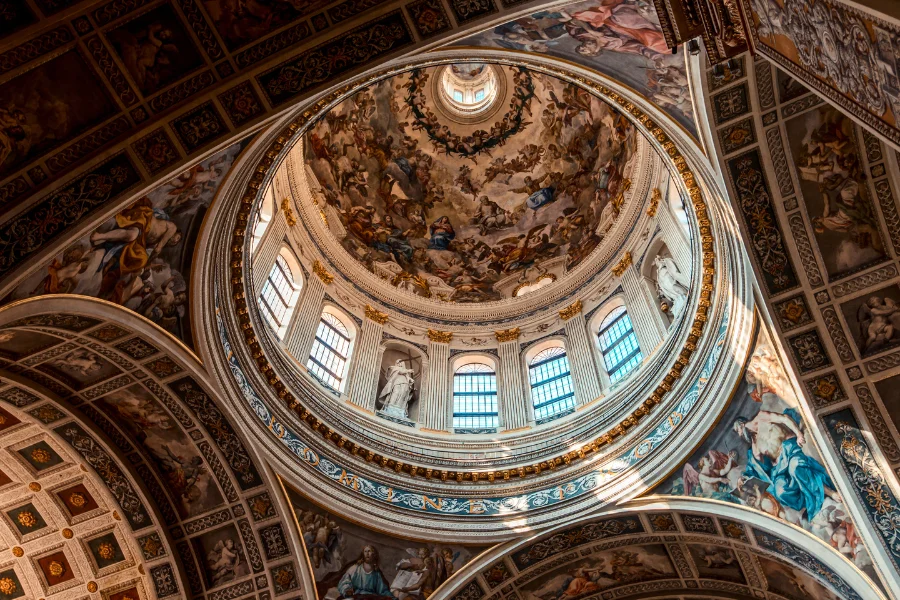
Renaissance culture saw a profound shift in art, philosophy, and science. This period, characterized by a renewed interest in Classical antiquity, had far-reaching effects on European society, influencing everything from governance to daily life.
Origins of the Renaissance
The Renaissance began in Italy during the 14th century, sparked by a growing interest in the art and philosophy of ancient Greece and Rome.
This revival partly emerged due to scholars who preserved and studied classical texts. Another factor was the political stability in regions like Florence, a hub of Renaissance thinking and creativity.
Wealthy families like the Medici funded artists and intellectual projects, facilitating this cultural rebirth.
Influential figures such as Petrarch and Dante laid the groundwork for humanism, a philosophy that emphasized human potential and achievement, becoming central to Renaissance culture. Though different in time and place, the Harlem Renaissance shared a similar focus on cultural revival and celebrating human experience.
Timeline and Geography
The Renaissance, which lasted from the 14th to the 17th centuries, marked a transition from the Middle Ages to modernity. It flourished in Italian cities like Florence, Venice, and Rome.
By the late 15th century, Renaissance ideas spread to Northern Europe, influencing countries such as France, Germany, and England.
During the European Renaissance, artists ventured beyond traditional religious themes to explore humanism, science, and the natural world. The Period saw significant developments, including Johannes Gutenberg’s invention of the printing press, which facilitated the dissemination of new ideas across Europe.
Socio-Political Factors
Sociopolitical factors, including the rise of city-states in Italy and the decline of feudalism, extensively shaped Renaissance culture. The growth of commerce and the emergence of a wealthy merchant class enabled the financing of artistic and scientific endeavors.
Political theorists like Niccolò Machiavelli, author of “The Prince,” influenced governance during this era. The Renaissance also witnessed significant explorations that expanded geographical knowledge and paved the way for European colonization efforts.
More centralized political states emerged, gradually replacing the fragmented feudal system and providing more excellence. This stability enabled the flourishing of Renaissance art, which incorporated elements like perspective and realism, reflecting the burgeoning humanist ideals.
Cultural Achievements
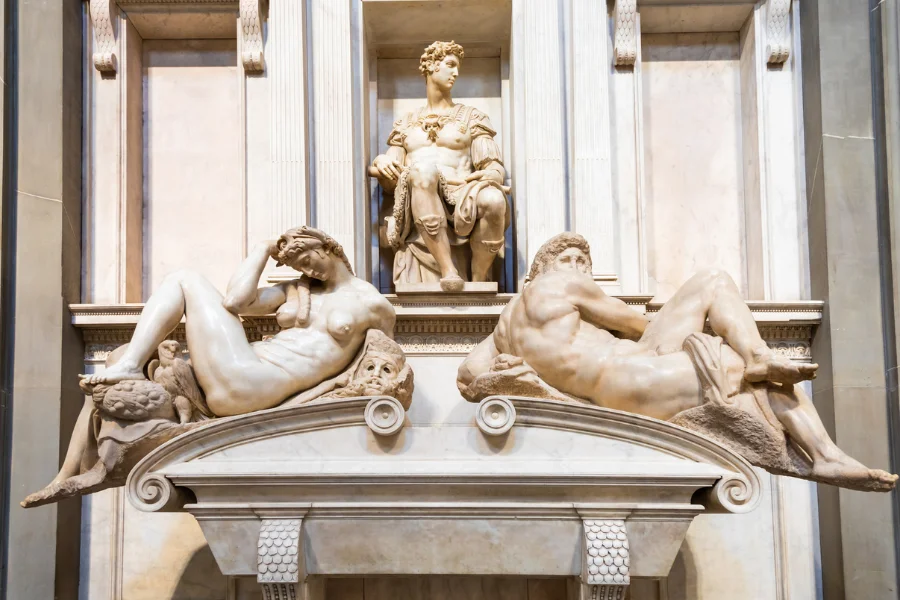
Cultural achievements flourished across Europe during the Renaissance, significantly transforming many fields. This era saw significant advancements in art, architecture, literature, philosophy, science, and innovation, laying the foundations for modern thought and aesthetics.
Art and Architecture
Renaissance art and architecture represented a rebirth of classical principles. This period was marked by notable artists such as Leonardo da Vinci, Michelangelo, and Raphael, who promoted realism and humanism in their works. Innovations included perspective, which created depth and dimension in paintings.
Notable architectural advancements included the dome of Florence Cathedral by Brunelleschi. Buildings were designed to reflect symmetry and harmony, drawing inspiration from ancient Roman and Greek styles. This return to classical ideals had a profound influence on European culture and aesthetic values.
Literature and Philosophy
Renaissance literature and philosophy underwent profound changes, marked by a growing emphasis on humanism. This shifted from purely religious themes to exploring human experience and individuality.
Writers like Dante, Petrarch, and Boccaccio focused on vernacular languages, making literature more accessible. Philosophers such as Erasmus and Machiavelli examined human nature and politics, contributing to the development of ideas about civic responsibility and governance.
The emphasis on reason and critical thinking during this time laid the groundwork for modern philosophies and educational practices.
Science and Innovation
The Renaissance was also a time of scientific discoveries and technological advancements. Scientific exploration challenged medieval views, and figures such as Galileo and Copernicus revolutionized the field of astronomy.
Gutenberg‘s invention of the printing press around 1440 transformed the spread of information, making books more accessible and promoting literacy. Innovations in anatomy, physics, and engineering further propelled knowledge. This period laid the groundwork for scientific inquiry that would shape modern thought.
Influential Figures
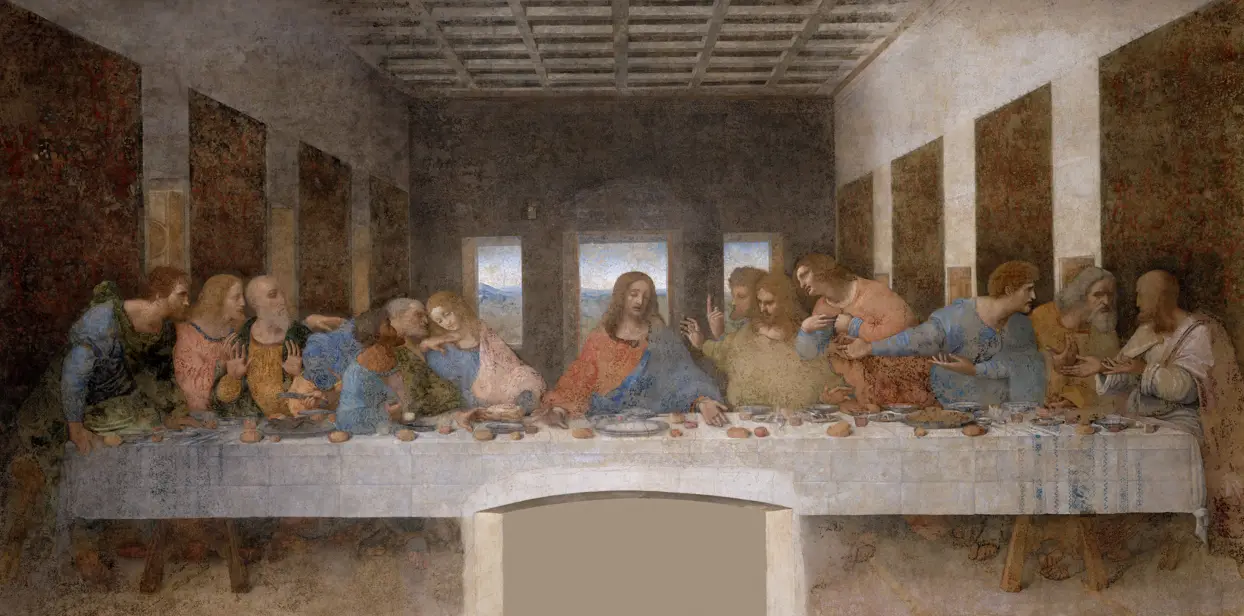
Renaissance culture was marked by a revival in art, literature, and philosophy, characterized by the work of some of its most influential figures. These individuals made significant contributions to the development of the Renaissance, a European cultural movement that spanned from the 14th to the 17th century.
Leonardo da Vinci
Leonardo da Vinci was a pivotal figure in the Renaissance art movement. Known for masterpieces such as “The Last Supper” and “Mona Lisa,” his work exemplifies the cultural rebirth of the Renaissance period.
In addition to painting, he was an inventor and scientist, often sketching designs for machines that were far ahead of their time. His anatomical studies also advanced scientific understanding during the European Renaissance.
Michelangelo Buonarroti
Michelangelo Buonarroti is best known for his monumental works in Renaissance culture. His sculptures, such as “David” and the “Pietà,” remain iconic in the history of art.
He transformed the field with his dynamic compositions and emotionally charged details. Michelangelo’s frescoes on the Sistine Chapel ceiling are masterpieces of Renaissance art. They depict biblical scenes with unmatched skill at the time.
Niccolò Machiavelli
Niccolò Machiavelli, a writer and diplomat, was a key figure in Renaissance literature. His book “The Prince” offers practical advice on political leadership and remains a classic in political theory.
Machiavelli’s works reflect the secular ideas that emerged during the Renaissance period, providing insight into the political landscape of Renaissance culture.
Dante Alighieri
Dante, widely regarded as the father of the Italian language, had a profound influence on Renaissance literature and culture. His epic poem, The Divine Comedy, incorporates elements of theology, philosophy, and politics.
Dante’s work, written in Italian rather than Latin, paved the way for vernacular literature, allowing a broader public to engage with complex philosophical ideas during the Renaissance.
Francesco Petrarca (Petrarch)
Petrarch, often referred to as the “Father of Humanism,” played a pivotal role in shaping the intellectual landscape of the Renaissance. His writings celebrated classical antiquity and helped transform the cultural approach of the time.
Petrarch’s sonnets continue to influence poetry, marking a shift toward individual emotion and realism during this cultural movement.
Giovanni Boccaccio
Boccaccio is best known for The Decameron, a collection of tales vividly describing life during the Renaissance. This work is notable for its humanistic themes and realistic portrayal of individuals grappling with the social and moral complexities of the day.
Boccaccio’s writings delve into the human condition, providing insights into Renaissance literature and culture.
Renaissance Humanism
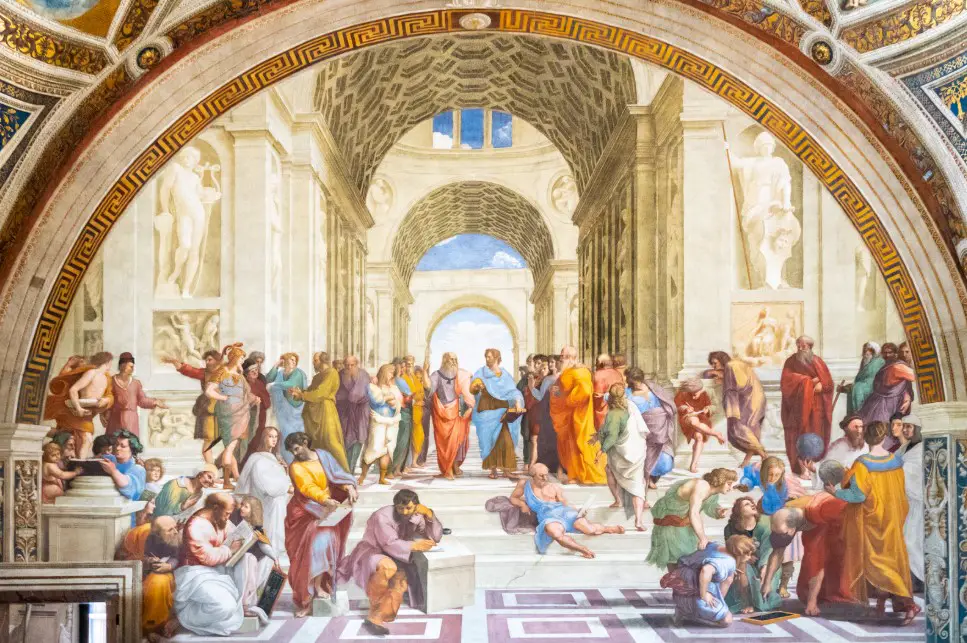
Renaissance Humanism was a defining feature of the European Renaissance. It emphasized a return to classical knowledge and explored human potential. This movement had a profound impact on society, influencing education, art, and philosophy.
Definition and Principles
Renaissance Humanism emerged during the European Renaissance, focusing on the study and appreciation of classical antiquity.
Humanists strongly emphasized human achievements and the potential for individual greatness, moving away from the medieval focus on religious devotion.
They believed that education should be broad and encourage learning in the humanities, including rhetoric, grammar, poetry, and history. A key feature of European Renaissance culture was the development of well-rounded individuals capable of contributing to civic life.
Prominent figures like Petrarch explored ancient manuscripts, reintroducing forgotten texts to a broader audience. These texts fueled an intellectual revival that was a hallmark of the Renaissance. Humanists sought to blend the wisdom of classical authors with contemporary thought, thereby fostering a culture that was ripe for innovative ideas.
Impact on Society
Renaissance Humanism profoundly impacted society, changing how people engaged with education, politics, and the arts.
Humanists advocated for education reform to create citizens who could eloquently participate in civic discourse and public affairs. This shift led to the creation of schools that taught the liberal arts, preparing students for participation in public life and encouraging critical thinking.
Renaissance Humanism inspired artists to explore more lifelike and human-centered themes in the arts.
This was evident in Renaissance art, where artists such as Leonardo da Vinci and Michelangelo drew inspiration from classical subjects, focusing on the realistic portrayal of human forms and emotions. The movement also paved the way for scientific discoveries, as scholars were encouraged to challenge traditional views and explore new ideas about the world and humanity’s place within it.
Ultimately, humanism helped lay the foundations for modern Western thought, influencing how people perceive and value human potential and achievement.
Legacy and Influence
Renaissance culture transformed society by bridging the gap between the Middle Ages and the modern era. It spurred advancements in art, science, and technology, and its influence persists in contemporary culture.
Key aspects, such as the revival of classical learning and the emphasis on humanism, continue to shape the cultural and intellectual landscapes today.
Transition to Modernity
The Renaissance, which lasted from the 14th to the 17th century, marked a transition from medieval times to the modern world. This period saw a renewed interest in classical antiquity, which had a profound influence on art, architecture, literature, and philosophy.
Renaissance culture emphasized humanism, which focused on human potential and achievements.
The European Renaissance also fostered scientific discoveries and explorations.
Figures like Galileo and Leonardo da Vinci made significant contributions that challenged medieval views and paved the way for modern science. The era’s advancements laid the groundwork for fields such as astronomy and anatomy.
Renaissance art played a significant role in this cultural shift. Artists employed techniques such as perspective and chiaroscuro to add realism and depth to their work.
This focus on the natural world helped shift the emphasis away from religious themes, signaling a move toward modern secular views that emphasize the individual’s place within the world.
Continued Relevance in Contemporary Culture
Even today, Renaissance culture remains pertinent, influencing numerous aspects of contemporary life.
The era’s intellectual and artistic achievements are studied and celebrated through various media. Institutions and museums worldwide showcase Renaissance art, demonstrating its enduring appeal and ongoing influence on contemporary aesthetics.
Renaissance literature and cultural elements are evident in today’s educational frameworks, which emphasize critical thinking and the humanities.
Humanist ideals from the Renaissance continue to inspire modern social and cultural movements, which advocate for human rights and individual freedom.
Moreover, the spirit of exploration that defined the Renaissance era persists. Contemporary society values innovation and discovery as much as people did during this period.
Modern scientific and technological advancements echo the dynamism of that time, underscoring the lasting legacy of Renaissance culture in shaping how people live, think, and create today.
Final Thoughts
Renaissance culture stands as a timeless beacon of human achievement and potential. This cultural movement, which lasted from the 15th to the 16th centuries, renewed the focus on classical antiquity and human capabilities.
Advancements in art, science, and thought have been key elements of this era, significantly shaping modern society.
The Renaissance redefined art, focusing on perspective, realism, and the use of light.
Artists like Leonardo da Vinci and Michelangelo infused their work with unprecedented detail and emotion. This period also saw an interest in the human form, resulting in detailed anatomical studies.
Humanism emerged as a central intellectual movement during the Renaissance. It shifted the focus from medieval religious themes to exploring human potential. Thinkers began questioning traditional authority, leading to new ways of understanding the world and humanity’s place within it.
List of Renaissance contributions:
- Revival of Classical Learning
- Development of Perspective in Art
- Emergence of Humanism
- Inventions and Scientific Discoveries
Renaissance culture also witnessed significant advances in science and technology.
Innovators like Leonardo da Vinci exemplified the blend of art and science, exploring mechanics and engineering concepts. Their work laid the groundwork for future technological progress.
Frequently Asked Questions
The Renaissance was a significant period in European history, marked by a revival of art, culture, and intellectual pursuits. This era laid the groundwork for modern advancements and shifted perspectives from medieval traditions to new ways of thinking.
What factors contributed to the beginning of the Renaissance era?
The Renaissance began in Italy during the 14th century, spurred by increased trade and the rediscovery of classical texts. Wealthy patrons supported artists and thinkers, fostering a vibrant cultural scene. Key cities, such as Florence, became centers of learning and artistic production.
In which ways did Renaissance culture influence European history?
Renaissance culture introduced a new emphasis on humanism, focusing on individual potential and achievements. This shift led to advancements in science, art, and literature, influencing the development of modern Western society. The impact of these cultural changes is evident in various aspects of contemporary life.
What were the principal characteristics of Renaissance art and philosophy?
Renaissance art is known for its use of perspective, realism, and human anatomy. Artists like Leonardo da Vinci studied the human body to create lifelike representations of it. Philosophically, the era was characterized by humanism, which promoted the study of classical texts and the exploration of human potential.
How did Renaissance thought differ from the medieval mindset?
Renaissance thought differed from the medieval mindset by shifting away from religious dogma and focusing on human potential and secular ideas. It encouraged critical thinking and inquiry, contrasting with the more rigid and faith-based medieval approach. This intellectual shift laid the groundwork for modern scientific and cultural progress.
Why is the Renaissance often referred to as a period of ‘rebirth’?
The Renaissance is called a ‘rebirth’ because it marked the revival of classical learning and art forms from ancient Greece and Rome. It signified a renewed interest in the cultural and intellectual achievements of the ancient world. This period revitalized European society with new ideas and artistic expressions.
What role did Renaissance culture play in the development of the modern world?
Renaissance culture greatly influenced the development of the modern world through its emphasis on science, exploration, and literature. It paved the way for the Age of Enlightenment and the subsequent scientific revolutions.
The legacy of the Renaissance is evident in today’s artistic, scientific, and technological advancements.
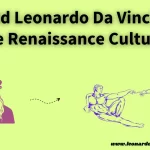
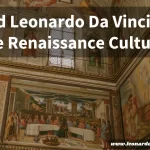
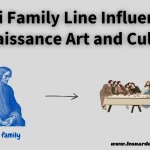
 Leonardo Bianchi,
the creator of Leonardo da Vinci's Inventions.
Thank you for visiting
Leonardo Bianchi,
the creator of Leonardo da Vinci's Inventions.
Thank you for visiting